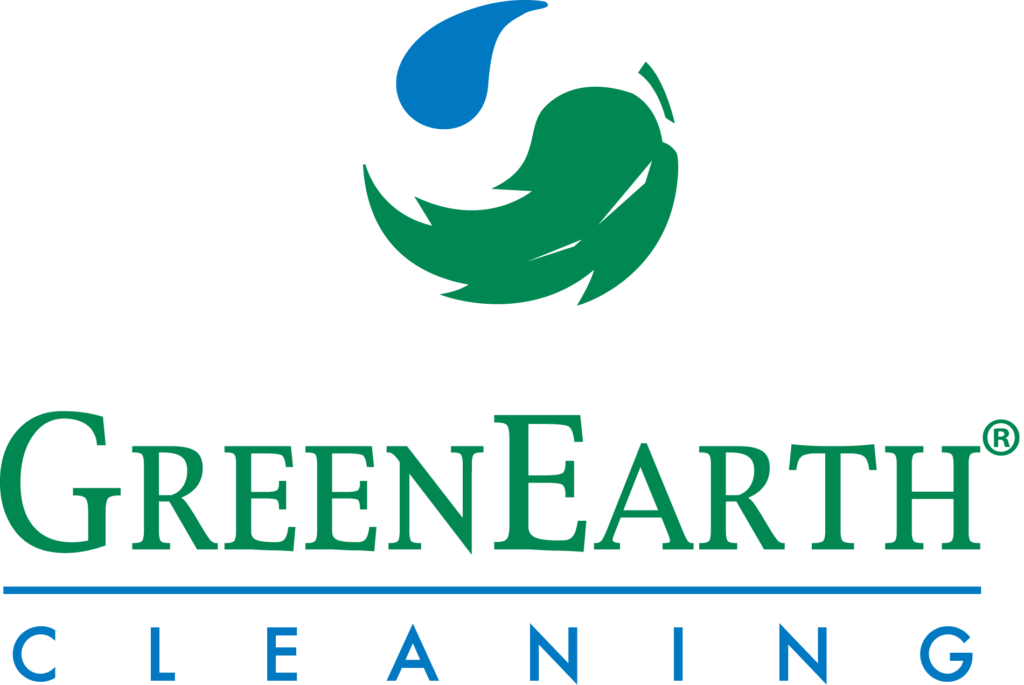Putting the ‘green’ in dry cleaning »
Recyclable hangers, reusable garment bags, biodegradable soaps bring in customers.
By Bruce W. Fraser
Buck Ennis
BEYOND GREEN: John-Claude Hallak’s business focuses on service and convenience.
When customers return a plastic hanger to Hallak Cleaners, the green dry cleaner contributes 10 cents to a foundation for children with cancer. A message about the Manhattan shop’s environmental certifications plays when telephone callers get put on hold. And in an Earth Day promotion last April, staffers handed out reusable shopping bags with Hallak’s logo, outside a Gourmet Garage.
“We printed up 500 bags and unfortunately ran out more quickly than we anticipated,” said John-Claude Hallak, who owns and operates the second-generation business with his younger brother, Joseph. Keeping their green efforts at the top of their customers’s minds has helped them grow sales to $5 million.
Around 30 green cleaners offering alternatives to traditional dry cleaning have emerged in the city since the first “wet” cleaners using biodegradable soaps and conditioners appeared here in 1998, according to the Manhattan-based National Cleaners Association.
Trying to stand out
Though green shops make up a fraction of the 1,500 dry cleaning outlets citywide, competition has heated up recently. Finding ways to remind consumers of their uniqueness has been essential to their growth, given that they are competing not just against each other but also against traditional dry cleaners with lower overhead. Moreover, the dry-cleaning industry overall is reporting declining sales.
Nora Nealis, executive director of the NCA, says that getting set up as a green cleaning operation typically costs $65,000 to $160,000. Using environmentally safe cleaning fluids that leave clothes odor-free usually costs more than employing traditional chemicals. And the owners are expected to minimize their environmental impact in recyclable hangers, reusable garment bags and biodegradable detergents and additives, according to guidelines developed by the Green Cleaners Council. This poses a financial challenge for the city’s typical “mom-and-pop shop with $250,000 in sales and three or fewer employees” struggling to make ends meet, Ms. Nealis said.
Green cleaners say that loyal customers are willing to pay more for odor-free clothes and environmentally friendly practices. But their clientele also expects competitive quality, service and convenience, so Hallak Cleaners focuses heavily on these aspects on its website.
“If my marketing were only based on being a green cleaner, it would be one-dimensional,” said Mr. Hallak.
Bridgestone Dry Cleaners and Laundry, in Brooklyn’s Cobble Hill and Dumbo neighborhoods, makes being green the linchpin of its marketing efforts. For instance, it offers discounts when people recycle wire and plastic hangers.
Owner Ken Kinzer opened his Dumbo plant in 2000, using a wet cleaning technology, and recently added the GreenEarth dry cleaning product, which brings odor-free liquid silicone into his operation. Consumers are biting. Mr. Kinzer expects to see revenues top $1 million this year.
Meurice Garment Care operates two stores in Manhattan and one in Manhasset, L.I. It sends regular messages and promotional offers to its e-mail list, touting its use of wet cleaning and hydrocarbon solvent (another green alternative), both of which clients are requesting.
“Such customers range from the über-wealthy to the starving fashionista,” said Chief Executive Wayne Edelman. He predicts revenues exceeding $3 million this year.
A version of this article appeared in the April 11, 2011 print issue of Crain’s New York Business
http://www.crainsnewyork.com/article/20110410/SMALLBIZ/304109991

